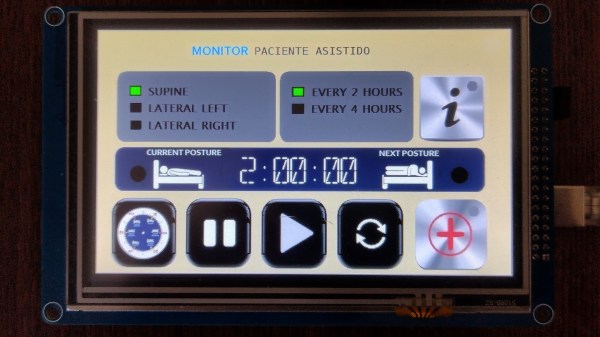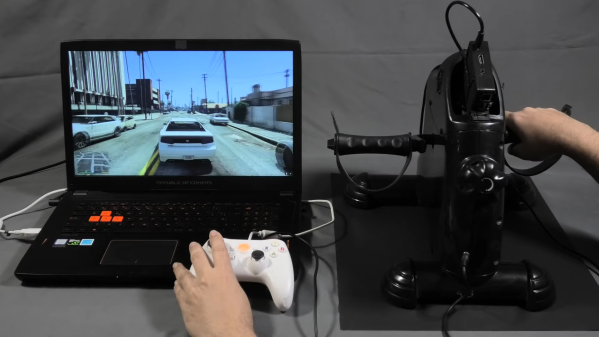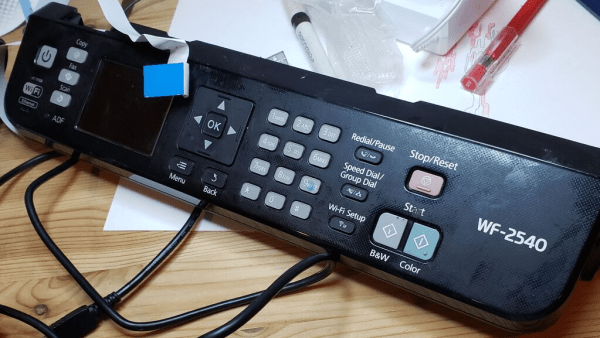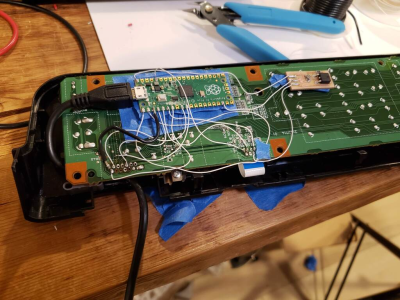Why do we build radios or clocks when you can buy them? Why do we make LEDs blink for no apparent purpose? Why do we try to squeeze one extra frame out of our video cards? We don’t know why, but we do. That might be the same attitude most people would have when learning about esolangs — esoteric programming languages — we don’t know why people create them or use them, but they do.
We aren’t talking about mainstream languages that annoy people like Lisp, Forth, or VBA. We aren’t talking about older languages that seem cryptic today like APL or Prolog. We are talking about languages that are made to be… well… strange.
INTERCAL
We have to start at the beginning. INTERCAL. This was started as a joke in 1972 and the acronym is purportedly for Compiler Language With No Pronounceable Acronym. There was no actual implementation, though, until around 1990. Now there are two: C-INTERCAL and CLC-INTERCAL.
Since INTERCAL is a parody, it makes some very odd choices. For example, bitwise operators like AND operate with two arguments, but one of the arguments is reversed. That is, the top bit of one operand matches the bottom bit of the second operand. In a nod to social convention, there is a modifier known as PLEASE that you should sometimes use when, for example, reading data as in “PLEASE READ IN.” If you don’t use it often enough, the compile will fail warning you that the program is insufficiently polite. However, if you use it too often, you’ll also get an error that your program is excessively polite.
Originally, the implementation used EBCDIC, so it uses some characters that don’t appear on conventional 7-bit ASCII systems. This forced some character substitutions and now, with Unicode, some versions will allow the old-style characters if you prefer them. The INTERCAL manual renames nearly all the special characters for further confusion. A single quote is a “spark” and the equal sign is a “half-mesh”. Only the ampersand remains unscathed.
Want to know more? Be careful what you wish for.
Continue reading “Strange Computer Languages: A Hacker’s Field Guide”



















